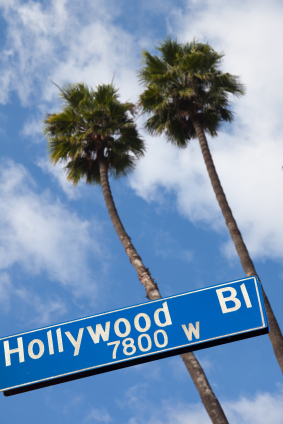In Hollywood the studios hold casting calls.
The ‘closed' sessions (actors who are being seen have been invited to audition) is the pool your block-buster movies directors/producers/writers use as a casting tool.
Perhaps your novel doesn’t’ feature a superhero. Your story does, however, have an amazing cast of characters.
Right?
Perhaps not at the moment. . .but soon.
Let’s go back to the superhero/blockbuster movie as an example.
No role in Hollywood is more scrutinized, and few can offer the type of onscreen immortality (or notoriety, depending on how the movie turns out). Michael Keaton's casting in 1989's Batman inspired nerd outrage before the Internet was a thing. Angry message board comments plastered the web when Heath Ledger was announced as the new Joker, and Ryan Reynolds' first outing as Deadpool in 2009's X-Men Origins: Wolverine appeared to have doomed the character's big screen prospects forever. But they all prevailed.
Hollywood miscasts:
Forget the stilted dialogue, the insipid love story that dominates the second movie or Jar Jar Binks and let's talk about the real problem with the 'Star Wars' prequels -- Hayden Christensen. His turn as Anakin Skywalker comes off as bratty, petulant and completely lacking in menace.
Of all the actors who've played Batman over the years, George Clooney is one of the most perplexing. His performance in 1997's 'Batman & Robin' effectively killed the franchise until Christopher Nolan came along in 2005 with 'Batman Begins.'
When casting your characters, you need to examine everyone who auditions for a part in your upcoming novel.
Does he/she fit the part? Or is he/she a miscast?
Part to be cast: a genie. I have decided to hold and ‘open casting’ call.
My first actor: This genie is female and appears to be middle-aged. She is a little short and is a bit pudgy. She has dark brown eyes, dark red skin, and wavy white hair in a short ponytail. She wears a short-sleeved tunic, a mid-length skirt, and a pair of earrings. She lives in a biscuit tin and is fond of sweets.
Actor number two: This genie is male and appears to be rather young. He is short and is quite thin. He has pastel orange eyes, yellow skin, and straight light brown hair worn mid-length. He wears no shirt, a pair of mid-length trousers, and too much jewelry. He lives in a brass lamp and grants your wishes... but not the way you wanted them.
Actor number three: This genie is male and appears to be rather young. He is tall and is quite muscular. He has black eyes, light brown skin, and wavy dark blue hair wrapped underneath a turban. He wears a long-sleeved tunic, a pair of long trousers, and a pair of wristbands. He lives in a Chinese lamp and likes a cup of hot tea.
Of course, the perfect genie would depend on the premise of your story, the plot twists you have in place, and your interaction between characters.
If my story had a suburban setting with children who needed to be minded/guided, my choice is
actor #1.
Am I looking for an ‘evil/trouble-maker? Actor #2 would be perfect.
Perhaps I’m looking for an unlikely romantic lead for a comedy. . .actor #3 wins the casting call.
Music.
Cue the music.
Every blockbuster has a dedicated theme song!
Happy Reading,
Connie Vines
Amazon.com
BarnesandNoble Nook
books2read





















